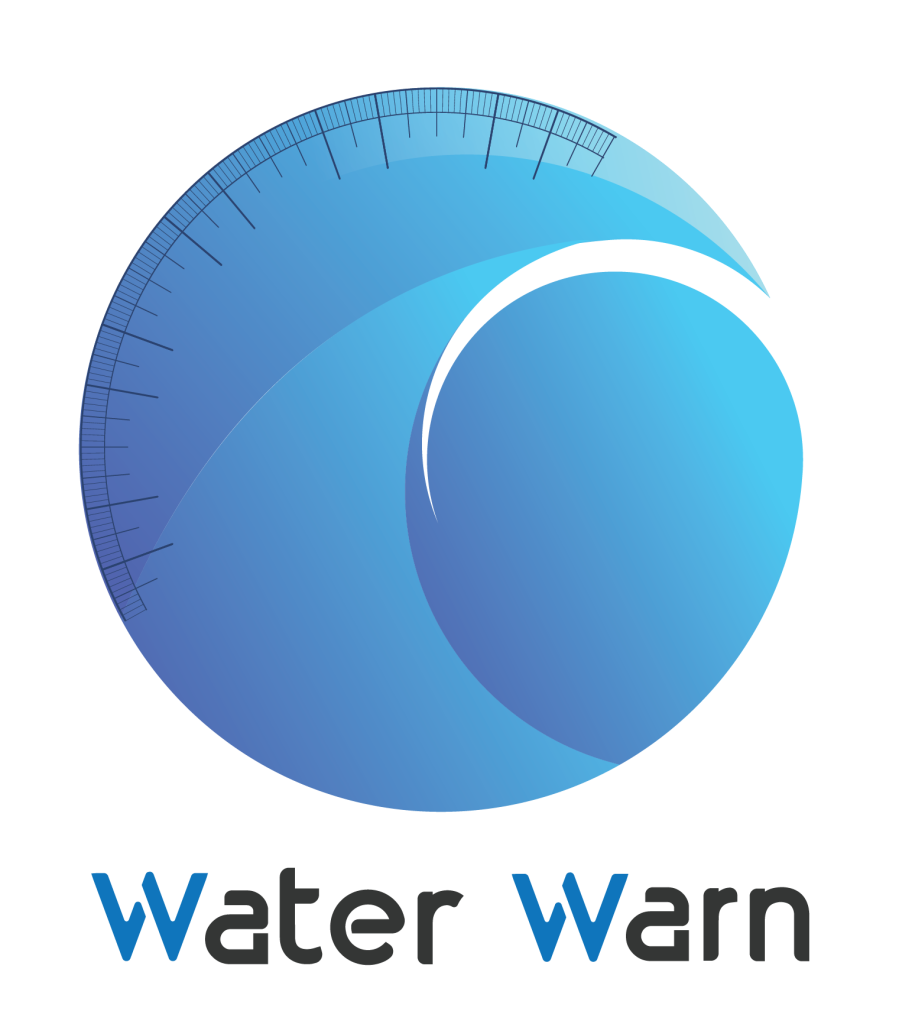Water scarcity is the most significant problem facing our world today, particularly with rising urbanization and climatic change effects. To effectively tackle it, technological growth in construction has resulted in the monitoring of water usage in real-time, enabling effective and proactive water management strategies. Emerging technologies make it possible for building managers to track and analyze water consumption around the clock, identifying leaks, over-use, and inefficiencies before they cause significant environmental or economic consequences.
Water Warn, the smart water monitoring device, is at the cutting edge of the revolution. Its energy-efficient and scalable design indicates how sensor technology, backed by scientific validation and real-time analysis, can support sustainable use of water in any building. Such integration not only promotes water conservation for buildings but, more crucially, makes it possible to build stronger, more sustainable city infrastructures in the future.
Scientific Advances in Water Flow Sensing Technologies
Recent scientific progress in sensor design has dramatically improved water flow measurement accuracy and durability. Ultrasonic and magnetic sensors now provide highly reliable, real-time data, capable of functioning effectively in complex plumbing environments. These sensors operate on principles validated by extensive research, ensuring consistent performance in the face of temperature variations, sediments, and pressure fluctuations. Water Warn incorporates magnetic ionizer sensors, which have been scientifically tested for their precision and longevity. These sensors harness energy from the water flow itself, eliminating the need for external power—aligning with sustainable development goals. This scientific innovation enhances the capability to detect leaks early and monitor water use with minimal maintenance and environmental impact, providing data critical for efficient water conservation for buildings.
The Power of Real-Time Data in Sustainable Water Management
Scientific research underscores that real-time water usage monitoring transforms traditional water management. Immediate feedback allows for swift identification of abnormal patterns like leaks or excessive consumption, reducing wastage and preventing damage.
Water Warn delivers continuous, granular data that enables operators to act proactively. For example, when the system detects water flow exceeding preset thresholds, it can trigger alerts or automatic shutoff. Studies confirm that such instant monitoring combined with data analytics significantly improves water efficiency, minimizes operational costs, and supports regulatory compliance. The capacity to respond immediately to water anomalies makes this technology invaluable for building managers aiming for a sustainable and resilient future.
Embedding Smart Water Monitoring in Construction and Design
Installation of smart water monitoring systems at the time of building construction is in line with contemporary construction technology innovation. Scientific evidence suggests early integration increases system reliability, minimizes retrofitting costs, and aids sustainable building certifications such as LEED.
Water Warn sensors can be integrated into plumbing at the construction stage so that monitoring is always possible from the start. This forward planning benefits designers and engineers by allowing them to control water flow more efficiently, facilitate leak detection, and enhance system life. Scientific data indicate that buildings with built-in smart water systems have lower operating costs and better environmental quality, setting a new benchmark for green architecture.
Future Science and the Evolution of Water Monitoring Technologies
The vision for science sees water management in the future harnessing artificial intelligence, machine learning, and Internet of Things (IoT) connectivity. The technologies will not only be able to detect leaks through smart water monitoring devices like Water Warn but also predict future issues, optimize flow, and provide actionable recommendations.
Water-based energy-neutral operation is also compliant with shifting sustainability agendas supported by science. Since IoT networks get progressively larger in scope, data from a set of buildings may be relayed into central centers to aid in city-scale water efficiency programs. All these will give rise to an integrated city water management system wherein water conservation for buildings gets made more effective and sustainable.
Environmental Impact and Policy Implications
Large-scale installation of real-time water monitoring and smart water devices helps achieve global environmental goals through reduced water usage, lower energy consumption, and reduced emission of greenhouse gases. Scientific studies indicate that precise management of water is effective in reducing considerably the water footprints in cities, which helps cities achieve their climate commitments.
Water Warn and similar systems can influence policy by providing transparent data, enabling authorities to create water usage regulations, and enforcing adherence automatically. Such findings guide more intelligent regulatory systems that promote sustainable behavior without threatening affordability and accessibility. With advances in scientific understanding, such combinations of technology will be invaluable tools for combating water scarcity and promoting environmental stewardship.
Conclusion
The coming together of innovative sensor technology, real-time data analysis, and building innovation is revolutionizing water conservation for buildings worldwide. Water Warn is one such example of this convergence that provides scalable, energy-neutral solutions backed by scientific evidence that can significantly reduce water wastage and operational costs.
As urbanization continues to expand, the installation of these smart water meters at the commencement of new construction and retrofitting projects will be crucial. These systems are accomplishing more than they are saving water—making stronger, resilient, and sustainable cities a reality. Technological developments affirm wiser water management will be a cornerstone of future urban development, reconciling wise use with good conservation practices for decades to come.

